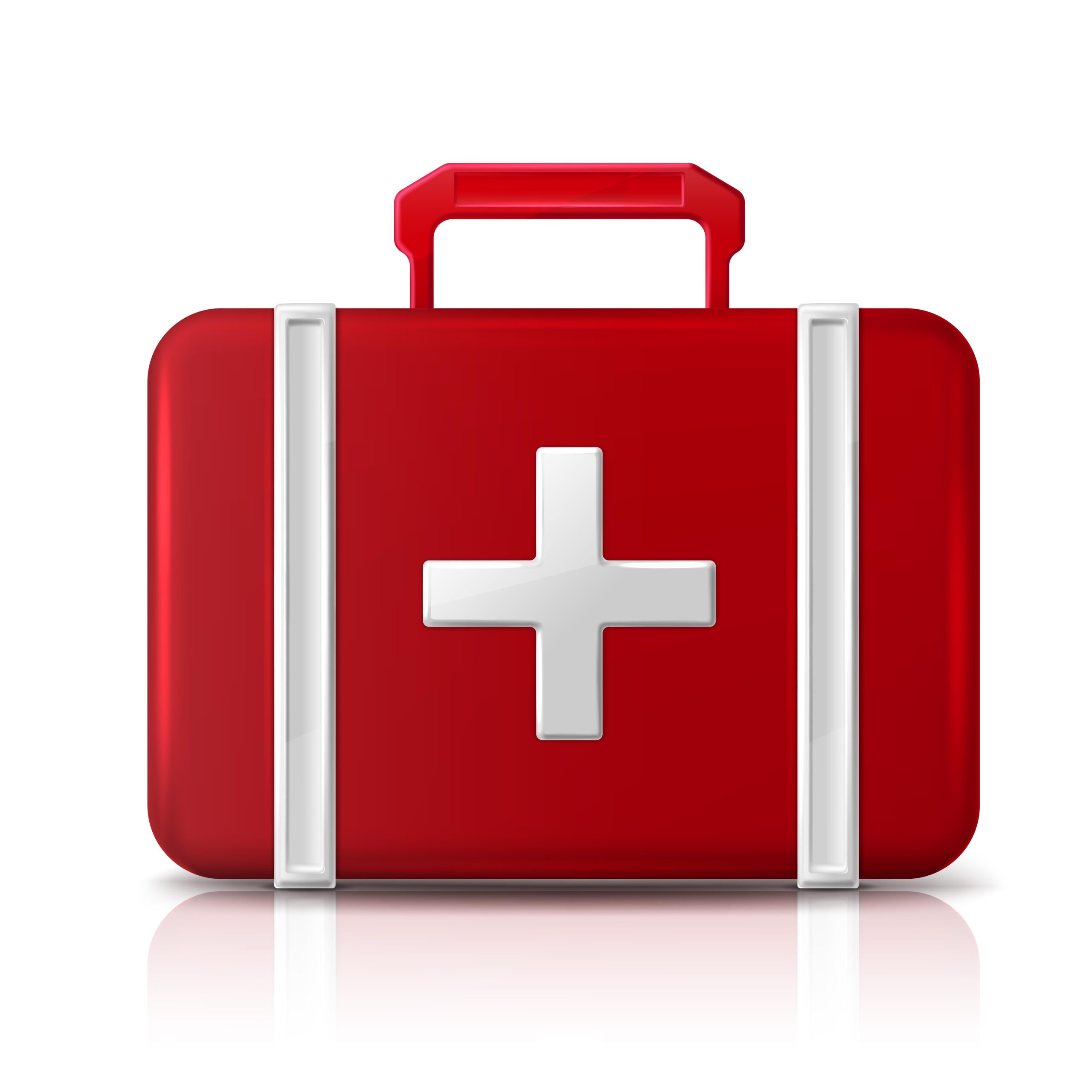HOME

KNOWING WHAT TO DO DURING MEDICAL EMERGENCY
Free first aid guide and tips
ABOUT

Hello
I am Hellendinah R Lwesya, medical doctor (MD) by profession, I am also a graphics designer and social media manager. In this website I integrate my career as MD with my hobby graphics designing, helping everyone who needs first aid guide to save a life.
The studies show people who get first aid after an accident have better and earlier improvements than the ones who don’t.
After my rotation at emergency department, I realize most people in my society don’t have the right knowledge assisting a person in a medical emergency. Before rushing to the hospital, you need right knowledge so as to improvement recovery, prevent permanent damage of a certain organ, also prevent death. I will help you know how and when to act in any medical emergency so as to save a life or improve recovery of a person.
I am providing you simple steps with pictorials to make the study more fun, easier to follow up and understandable this is to ensure that when an accident occurs you know and remember how to go about. I will teach you the standard guideline and proven to be effective methods to go about emergencies. This website is for everyone since the medical practitioner would love a helping hand to improve the community wellbeing.
In case of any assistance send me an email I can always take you through any emotional and physical unhealth hellendinah.lwesya@gmail.com
SERVICES

FIRST AID COURSE
Learn how to manage when you encounter a medical emergency

FIRST AID CONSULTATION
Get the best advice and provide your home or facility with sufficient equipment for first aid kit.

FIRST AID KIT
Buy your standard pack of tools to help you during any medical emergencies

SUMMARY
First aid is the immediate care provided in an emergency before professional help arrives. Its main goals are to ensure safety, assess the situation, manage injuries, and perform life-saving actions like CPR if needed. Common first aid situations include cuts, burns, choking, and cardiac arrest. Key tools for a first aid kit include bandages, antiseptic wipes, gauze, gloves, and a CPR mask. While having the right tools is important, first aid training is essential for knowing how to use them effectively and can make a critical difference in saving lives.
INTRODUCTION
Accidents and medical emergencies can happen anywhere—at home, at work, or out in public. Whether it’s a minor cut, a burn, or something more serious like a heart attack, knowing how to respond with basic first aid can make a world of difference. First aid is the immediate care provided to an injured or ill person before professional medical assistance arrives. Having the knowledge and tools to administer first aid can save lives, reduce pain, and prevent further harm.
In this post, we’ll explore the essentials of first aid, the basic principles, and the tools everyone should have on hand to handle a range of common medical situations.
THE BASICS OF FIRST AID
First aid is built on a few key principles designed to stabilize the injured or ill person until medical help arrives. These principles guide every action you take and help ensure you are doing more good than harm. The main goals of first aid are often remembered by the acronym P.R.I.M.A.R.Y.:
- Protect: Ensure the safety of yourself and the injured person by removing any immediate dangers
- Responsive: Check if the person is responsive by talking to them or gently tapping them on the shoulder.
- Injury: Look for any obvious injuries and assess the severity.
- Manage: Manage bleeding, immobilize injuries, and keep the person calm.
- Alert: Call for medical assistance if needed.
- Resuscitate: Perform CPR or other resuscitation techniques if the person is not breathing or their heart has stopped.
- Yourself: After the situation has stabilized, ensure that you’re okay physically and mentally.
These principles guide how you assess and act in emergencies, helping to provide quick and effective care while waiting for professional
COMMON FIRST AID SCENARIOS.
Here are a few examples of common situations where first aid may be required, along with basic steps you can take:
- Cuts and Scrapes: Clean the wound with soap and water, then apply a sterile bandage to stop bleeding and prevent infection.
- Burns: Run cool (not cold) water over the burn for several minutes. Don’t apply ice. Cover with a clean, dry cloth.
- Choking: Perform the Heimlich maneuver to dislodge an object blocking the airway.
- Cardiac Arrest: If the person is unresponsive and not breathing, perform CPR—30 chest compressions followed by 2 rescue breaths.
- Fractures: Immobilize the injured limb using a splint or bandage and avoid moving the person unnecessarily.
Each situation may vary but having a calm and informed approach is key.
ESSENTIAL FIRST AID TOOLS
Having a well-stocked first aid kit ensures you’re prepared to handle a variety of situations. Here are the essential items every first aid kit should include:
- Adhesive Bandages: These come in various sizes and are essential for covering small cuts, blisters, and abrasions.
- Sterile Gauze Pads: Useful for cleaning and covering larger wounds.
- Antiseptic Wipes: For cleaning wounds and preventing infection.
- Tweezers: Handy for removing splinters, debris, or ticks.
- Medical Tape: To secure bandages or gauze in place.
- Scissors: For cutting tape, gauze, or clothing in an emergency.
- Elastic Bandages: Used for wrapping sprains, strains, or holding a splint in place.
- CPR Mask or Face Shield: Helps protect both the rescuer and the patient during mouth-to-mouth resuscitation.
- Disposable Gloves: To maintain hygiene and protect both the patient and the responder.
- Thermometer: For checking fever or hypothermia.
- Instant Cold Packs: Used to reduce swelling and numb pain for sprains, strains, or other injuries.
- Pain Relievers: Over-the-counter medications like ibuprofen or aspirin can help manage pain and inflammation.
- First Aid Manual: A simple, easy-to-understand guide that covers basic first aid procedures is always useful for quick reference in stressful situations.
WHY FIRST AID TRAINING MATTERS
Having the right tools is important, but knowing how to use them effectively is even more crucial. First aid training courses teach you how to apply these tools and techniques in real-world situations. It gives you the confidence to act swiftly and correctly. Many organizations, such as the American Red Cross and St. John Ambulance, offer comprehensive first aid and CPR training programs for individuals and businesses. By investing in this training, you’ll be prepared not just with knowledge, but with hands-on skills that can save a life.
CONCLUSION
Being equipped with the basics of first aid and the right tools means you can provide critical assistance when it’s needed most. From minor injuries to life-threatening situations, knowing what to do in those first few minutes can make all the difference. Keep your first aid kit updated, take the time to learn the fundamentals, and ensure you’re always ready to act in an emergency. You might just save a life!

Hellendinah R Lwesya
A single life saved count
knowing what to do in a medical emergency can save a life and improve recovery